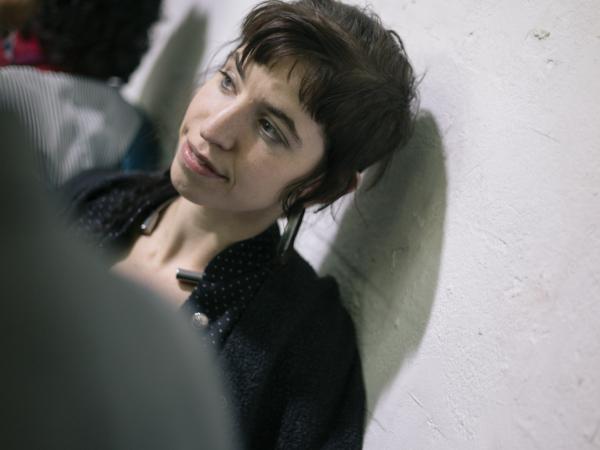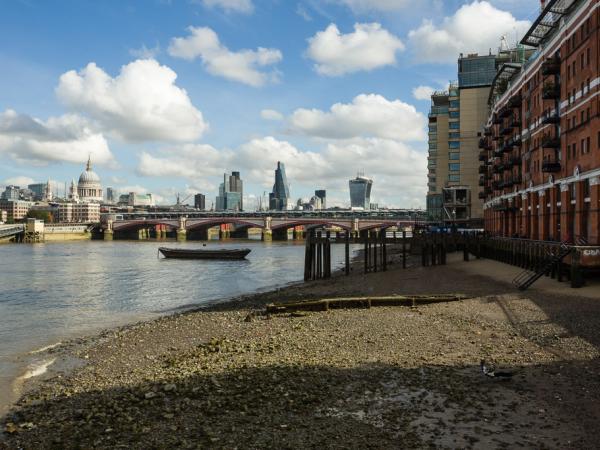Biografia
My childhood experiences with my parents shaped and widened my artistic perspectives. My father, an architect by trade, was greatly inspired by traditional Korean buildings. His fervor towards traditional arts and designs influenced my artistic taste and strengthened my desire to incorporate unique Korean beauty into my artworks. Therefore, I decided to pursue traditional Korean painting as my primary area of study during my high school years.
Through my education, I strived to find the features that distinguish Korean art from that of the rest of the world. One of the key differences that I discovered is the pattern and style produced by the spreading of the black ink on the hanji, the traditional Korean paper. Traditional Korean painting continues to use the same materials and preparation methods that have been passed down from our ancestors hundreds of years ago, such as bunchae (powdered paint), ahgyo (plant used to amplify the pain powder), and mukmul (the traditional Korean ink). The meticulous and long process of not just creating art but also preparing the necessary tools reflects the Korean artist’s adherence towards tradition and their great dedication towards art. Some artists describe this difficult process as calming, as it allows the artists to clear their mind and focus on the almost habitual steps in the preparation. I have also experienced this peace and clarity during my preparation, and it serves as a vital opportunity to re-examine my ideas.
It is nearly impossible in the modern era to truly create something that separates my work from those created by a sea of creative individuals. In order to distinguish themselves, artists are now thinking more and more out of the box by using new materials and basing their works on radical ideas. It is this constant, mad struggle towards creativity that gives birth to a true masterpiece.






